Old Factories, Young Blood
Three Industrial Areas of Seoul
Charm Visitors with Youthful Vibes
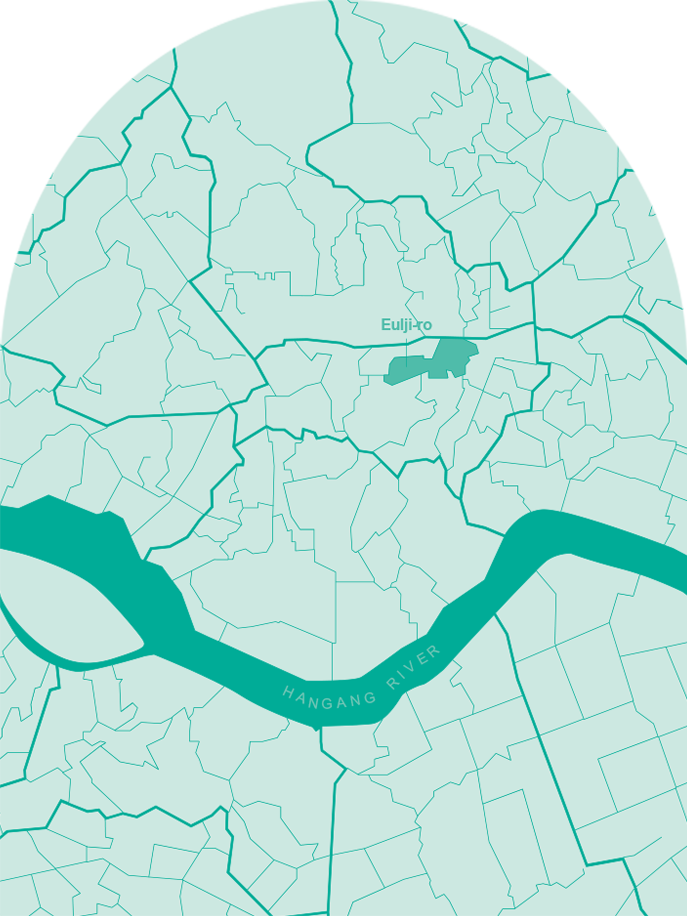
WRITTEN BY
Seong Hye-kyeong
Illustrated by
Cho Kyungkyu
Every group is bound to have its own unique food. Coal mining communities were no exception. Let’s learn what dishes miners and their families enjoyed.
1
Ironworks Alleyway Becomes a Cradle for Artisans Mullae-dong
Mullae-dong was home to a manufacturing ecosystem made up of small manufacturing companies. Many steel and iron factories sprung up here, creating the ironworks alleyway that exists today.
Many artisans made their home here, and it was filled with the sounds of hammers clanging and machines running. Urban renewal projects in the early 2000s, however, led many of the factories to shut down, replaced by artisans looking for inexpensive places to do their work.
As rents continued to rise in the area, the ironworks and many artisans were forced to move elsewhere. It would be no exaggeration to say that half of the ironworks street is now full of cafes and restaurants. There are still many traces of the artisans left in Mullae-dong, however. Visitors can see colorful wall paintings and a diversity of sculptures as they stroll the area.
2
The Charm of Older Things Eulji-ro
Eulji-ro is the center of the wave of “newtro culture” that has recently hit Korea with a vengeance. The district features printing shops and maintenance shops, interspersed with galleries, cafes and restaurants. For example, a famous pizza joint in the area took over a small printing shop, leaving the printing shop’s old signboard intact. As it coexists with the past, the pizza shop attracts a great deal of business.
One of the attractions of Eulji-ro is going around and seeing the area’s signs. Located between the area’s factories, local shops don’t tend to advertise their presence. Many shops are located in higher stories of older buildings; some don’t even have signs, or if they do, they are too small to see or are in an unexpected place. In Eulji-ro, signs can be made of construction plywood, tinfoil, safety cones, and even safety helmets.
3
A Mecca for Pop-up Stores Seongsu-dong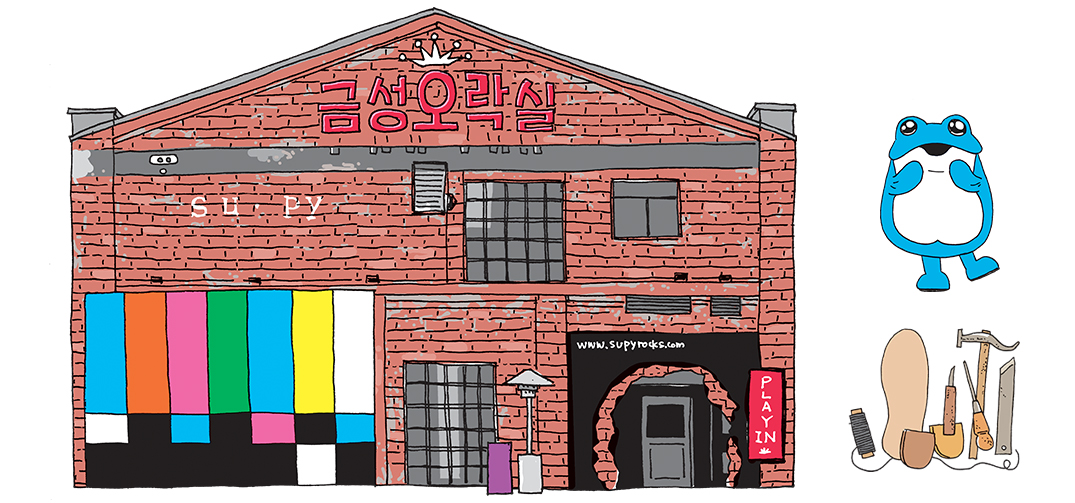
Seongsu-dong is the first place people think of when they think of a factory area in Seoul. In the past, the area had factories making handmade shoes and auto repair shops; now, however, it has become an area for young people. Following the gentrification of the Hongdae area, artisans and small-scale business people have moved to the district.
The MZ generation’s move to Seongsu-dong has encouraged many companies to turn the district into a place where they can interact with young people. HITEJINRO, Ghana Chocolate, Ottogi and LG Electronics have opened pop-up stores, including entertainment venues, cafes and restaurants. Foreign brands such as Longchamp and L’Occitane en Provence, and even the Korean Baseball Organization and BTS have opened pop-up stores in the area, turning the district into a kind of “pop-up store mecca.”
Other Articles
-
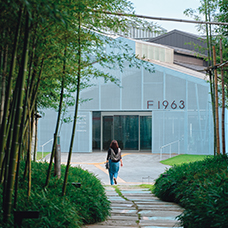
Special Ⅰ A Factory of the Arts
-

Special Ⅱ A Space that Tells a Tale
-
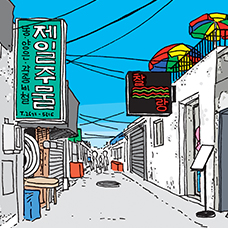
Trend Old Factories, Young Blood
-
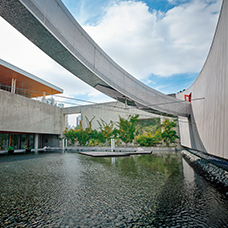
Hidden View Wired World
-
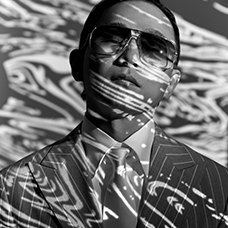
Interview Lee Heemoon
-

Art of Detail Fantastic Figurines
-
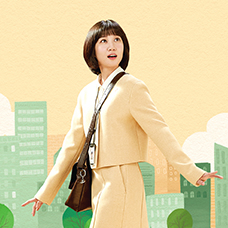
Film & TV Extraordinary Attorney Woo
-

Collaboration Countless Uses
-

Current Korea Solidarity at a Watershed Moment
-
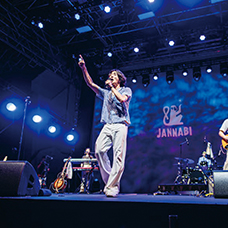
Global Korea K-indie Music Night in New York
